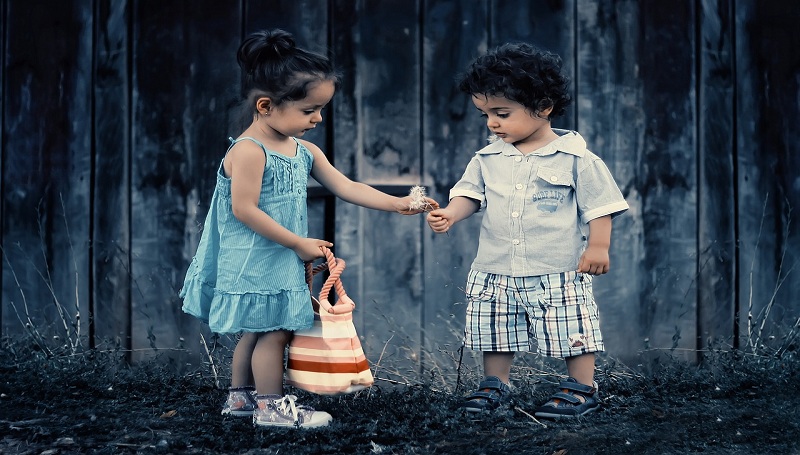7 Tips to Teach Kids How to be Grateful and Develop a Healthy Disposition
Parents are familiar with how tough it is when children are always wanting more or complaining about current circumstances. As adults, we learn that the key to a happy life is being grateful for what we have and developing a stable sense of satisfaction and optimism. But how do we pass this on to our children when only words are hard to pass the message on?
The task becomes even more complicated for parents of children who are used to receiving everything they want. It seems that the more they have, the less satisfied they are with it. This is why children must be given these important lessons of value from an early age which will keep them strong and satisfied for their whole life.
7 Tips For Teaching Gratitude to Children
01. Mention Gratitude Daily
Conversations with family are an important part that most of us overlook. Talking about mundane things between each other can be replaced by pointing out the things that we enjoy about our lives. This could be just randomly acknowledging the fact that you have all that is needed to feel safe and secure. If you do this on a regular basis, children will soon pick up on this form of conversation and it will become a part of their inner dialogue and who they are. A special moment during the day can be carved out to give thanks to all that is available to you. This could be at dinnertime while appreciating the meal or before bedtime as a nightly prayer routine.
02. Allow Children To Help Out
Parents can be reluctant to give their child a chore simply because children are not as careful with the details or just take too much time to complete a single chore. As a parent, you might be tempted to intervene in this situation. This sets a bad example for children who begin to lack appreciation for the work you do at home. When children participate in daily chores, they are more grateful and mindful about how much time and effort is carved out to make things look good at home.
03. Participate in Goodwill
Participating in goodwill and community projects does not have to be something as serious as volunteering every week. It could be something simple like preparing a meal for someone in need. When doing something kind for another person, mention that you are doing it to help someone out who will be very happy because of your help. This will teach children that they can make a difference in the world through their actions.
04. Show Generosity
Teach children that they can give away things that they do not need themselves to someone in need. While it can be something little, generosity makes us feel well and children will sense that.
05. Thank You Notes
Children are constantly receiving gifts and that is normal. It is all the more satisfactory to be able to give gratitude and show appreciation to the person who has given the gifts. When children are little, thanking for presents can be creating thank-you notes that the child can scribble something on. With time, the thank-you notes can become more colorful and creative as children learn the value of appreciating the people in their lives more than the gifts themselves.
06. Don’t Be Afraid to Say No
Kids will be kids — it is normal for them to want more. A normal child will not stop asking for the things it finds attractive even if it already has enough at home. While you might want to make them happy, buying children everything they want devalues the times when they receive something from you. Learn to say no in a gentle and gracious fashion without doubting yourself or letting children talk you down.
07. Patience
When you use all of these methods, do not quit on them if things do not go the way you expected at first. It will take children some time to develop the mindset of appreciation, but when they do, you will be all the more pleased. A generous child who is appreciative of you and others and is ready to help people in need is the greatest gift that a parent can give to the world.
When to Use These Methods
As toddlers, children are psychologically egocentric, and this is normal as confirmed by Dr Jane Zhao-O’Brien. Children begin understanding gratitude by 15 or 18 months of age. This is the period when children understand that they are separate beings dependent on someone else. By 2 or 3 years of age, children begin understanding the concept of being thankful for things outside themselves like people, animals, or objects. When children are this age, they can be taught to tell which parts of their world make them feel grateful even if they cannot express it verbally. When children turn 4, they can begin to show appreciation not only for material objects or people but also for non-material valuables such as love and care.
Setting an Example
When teaching children the importance of gratitude or anything else in life, make sure that you remember that children learn mostly through example and not by words. Take time to perform acts of kindness and gratitude with your children so they learn naturally from you. When your children pick up on this kindness, you will be satisfied as a parent that you took the time.




